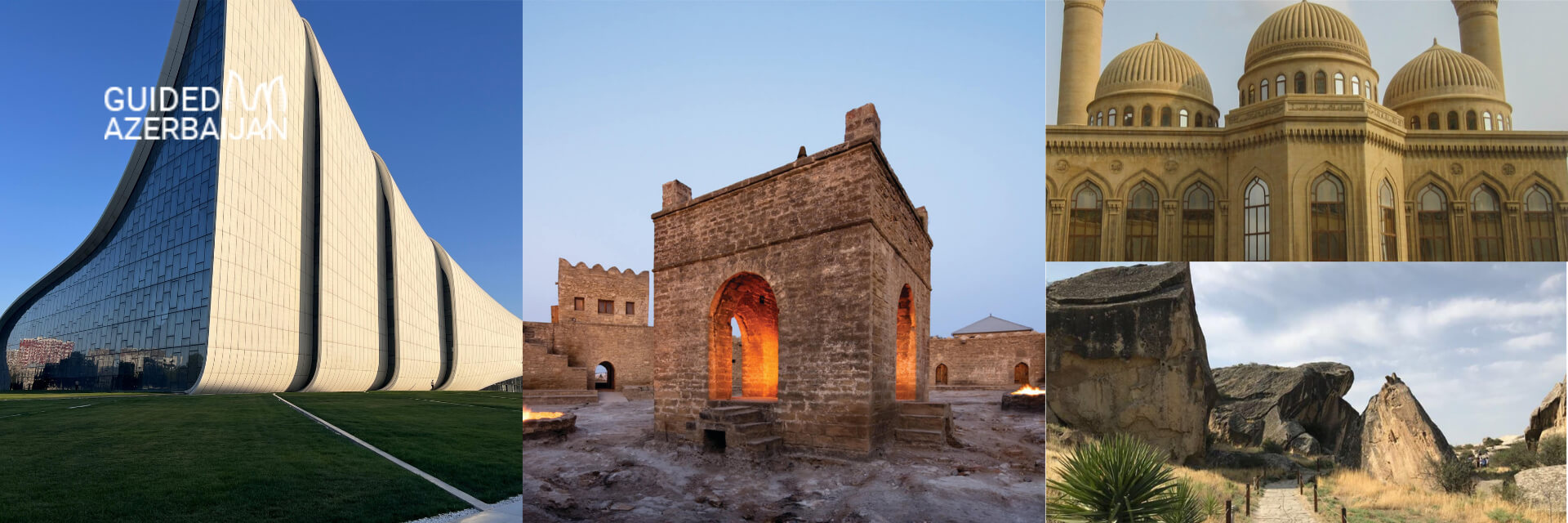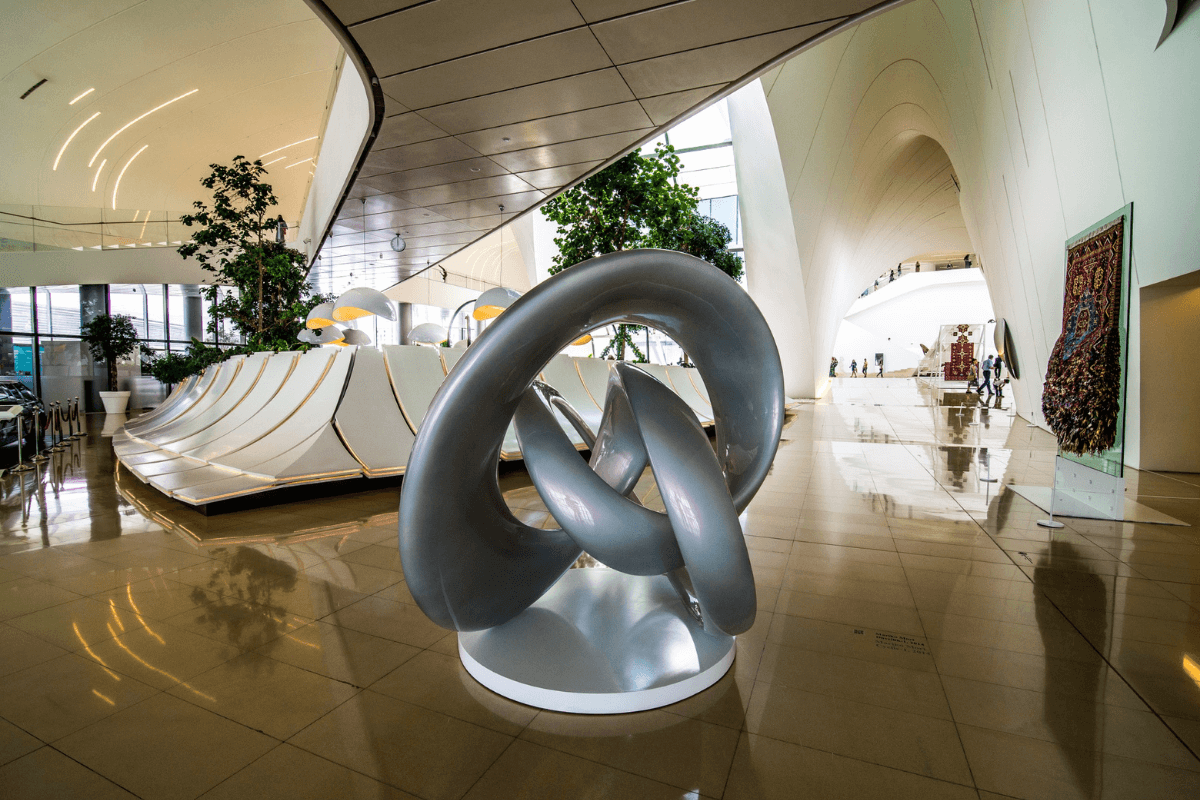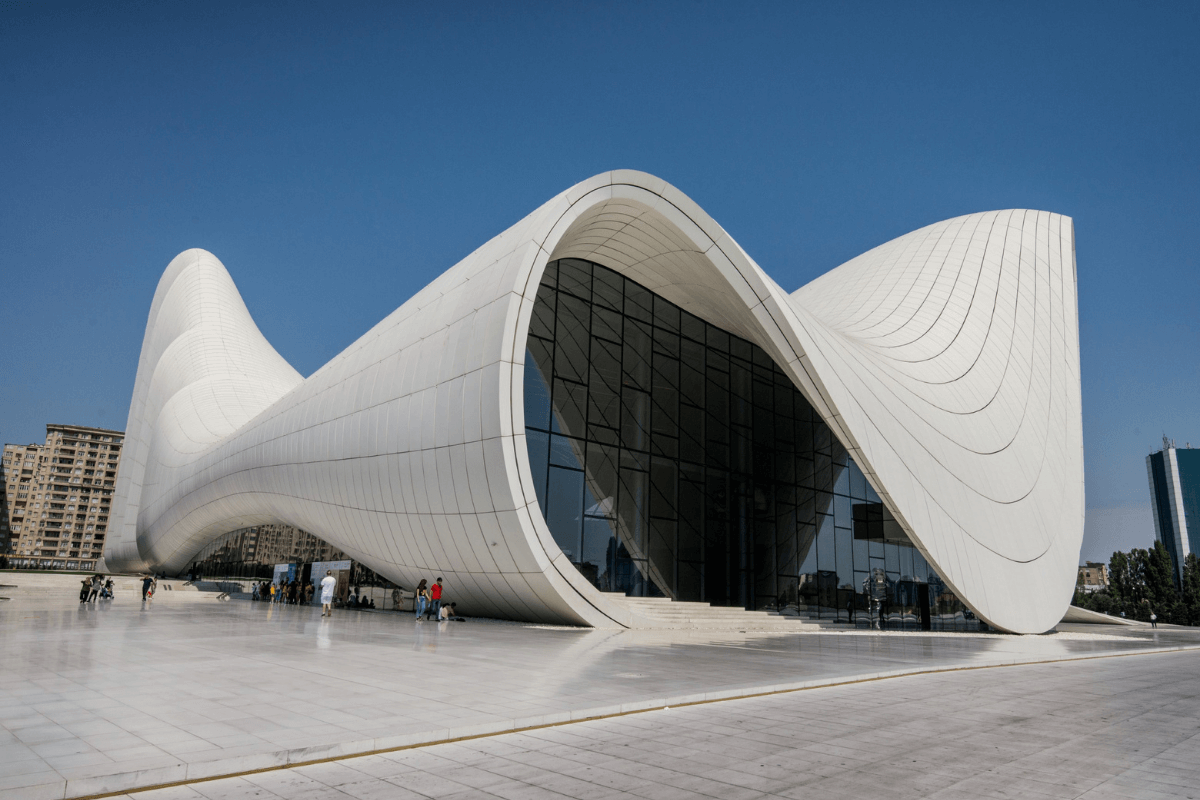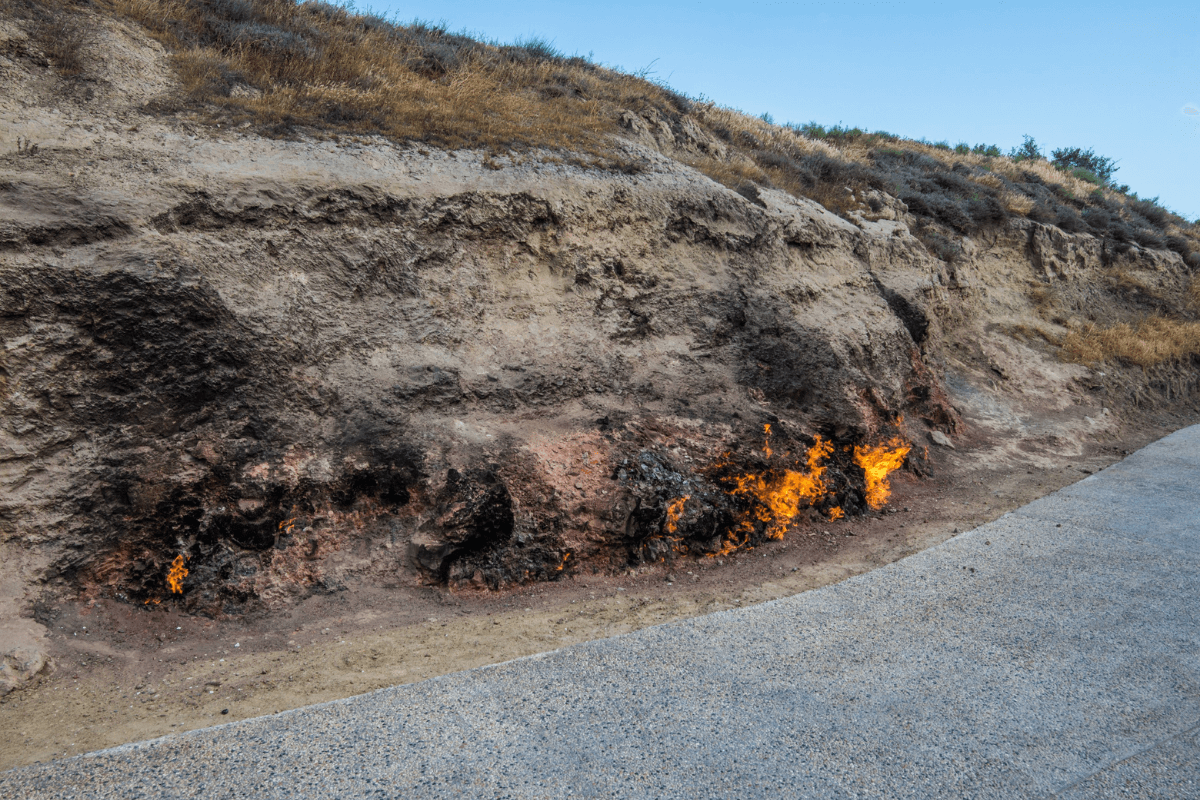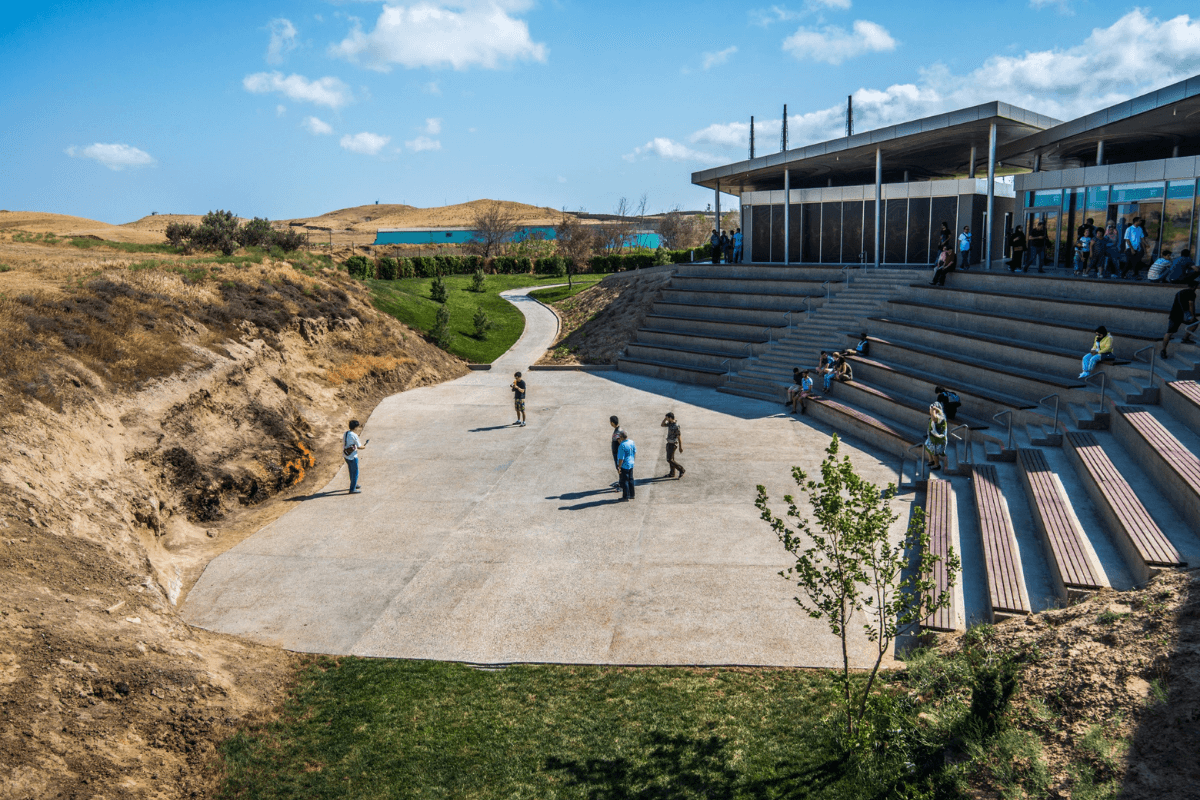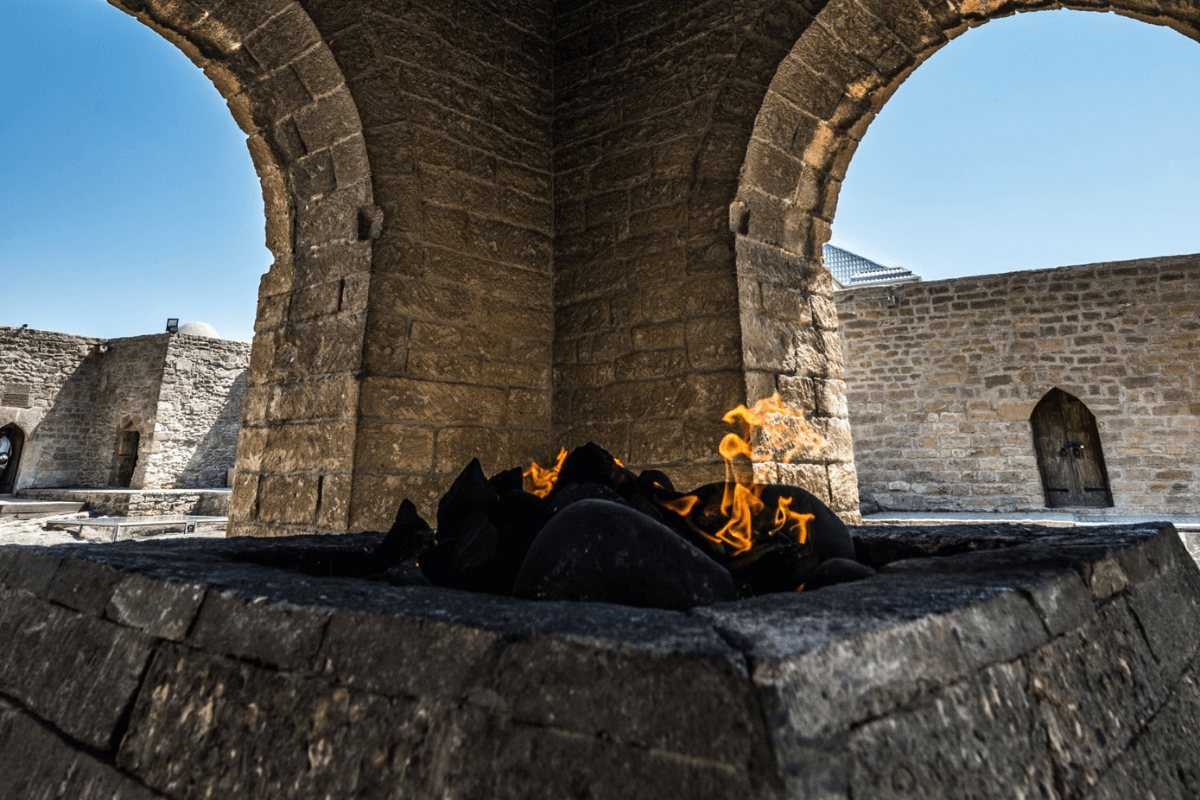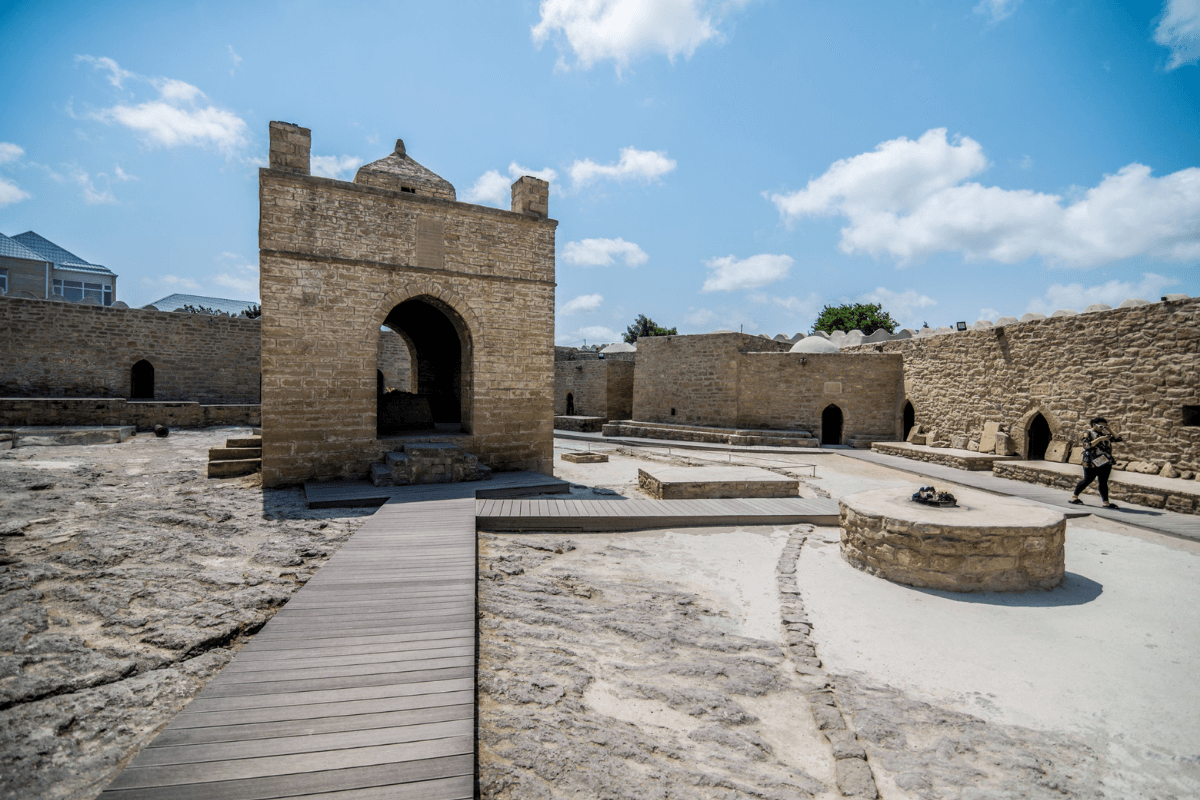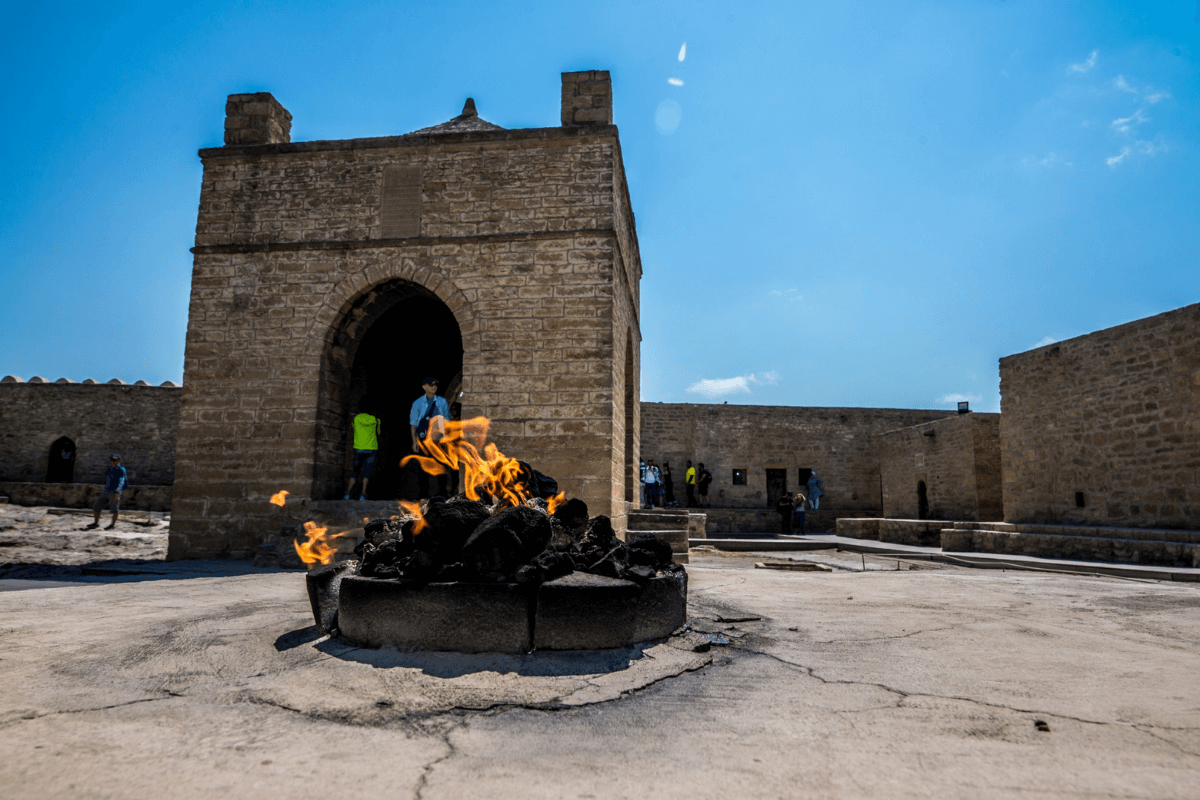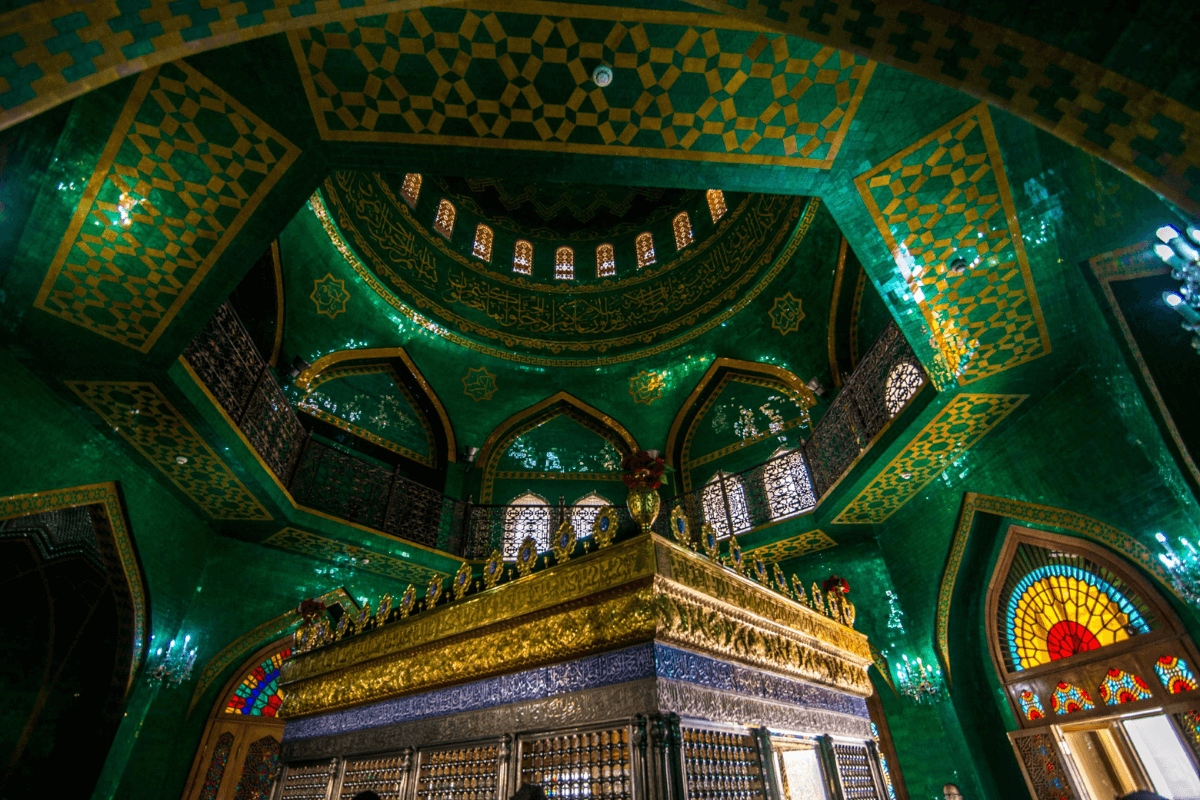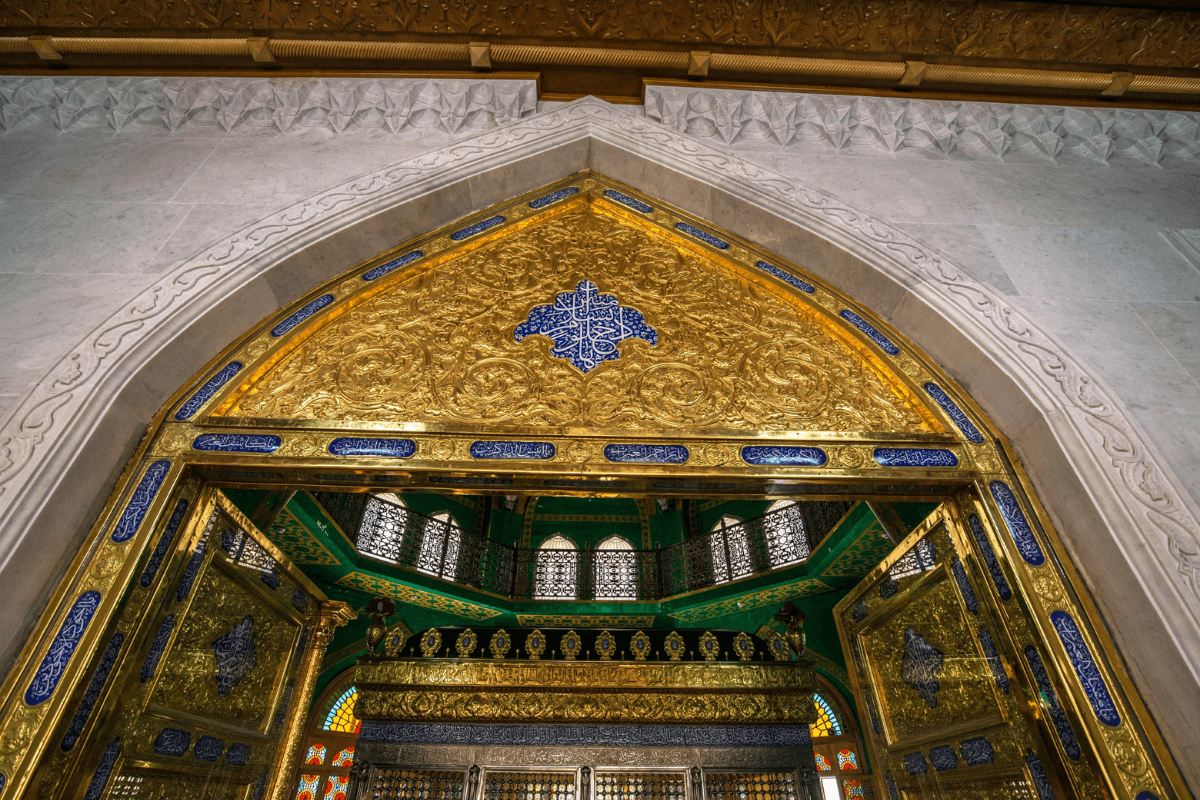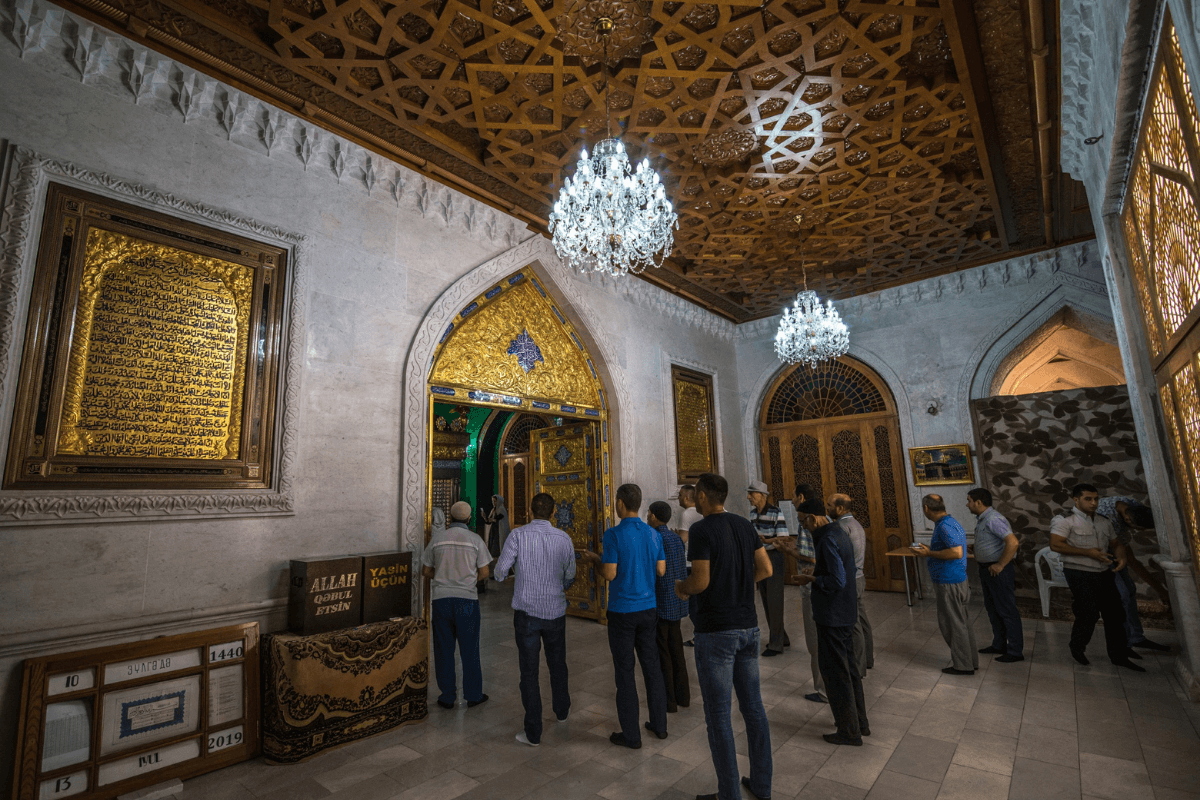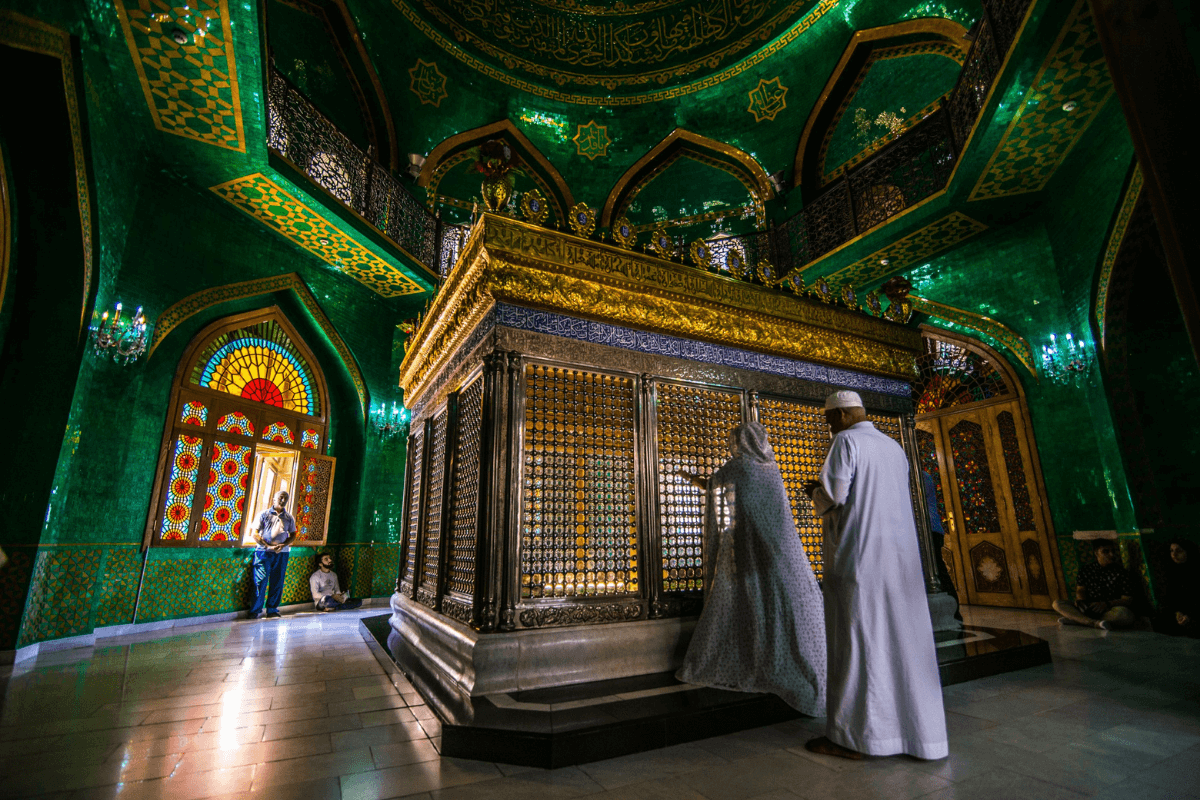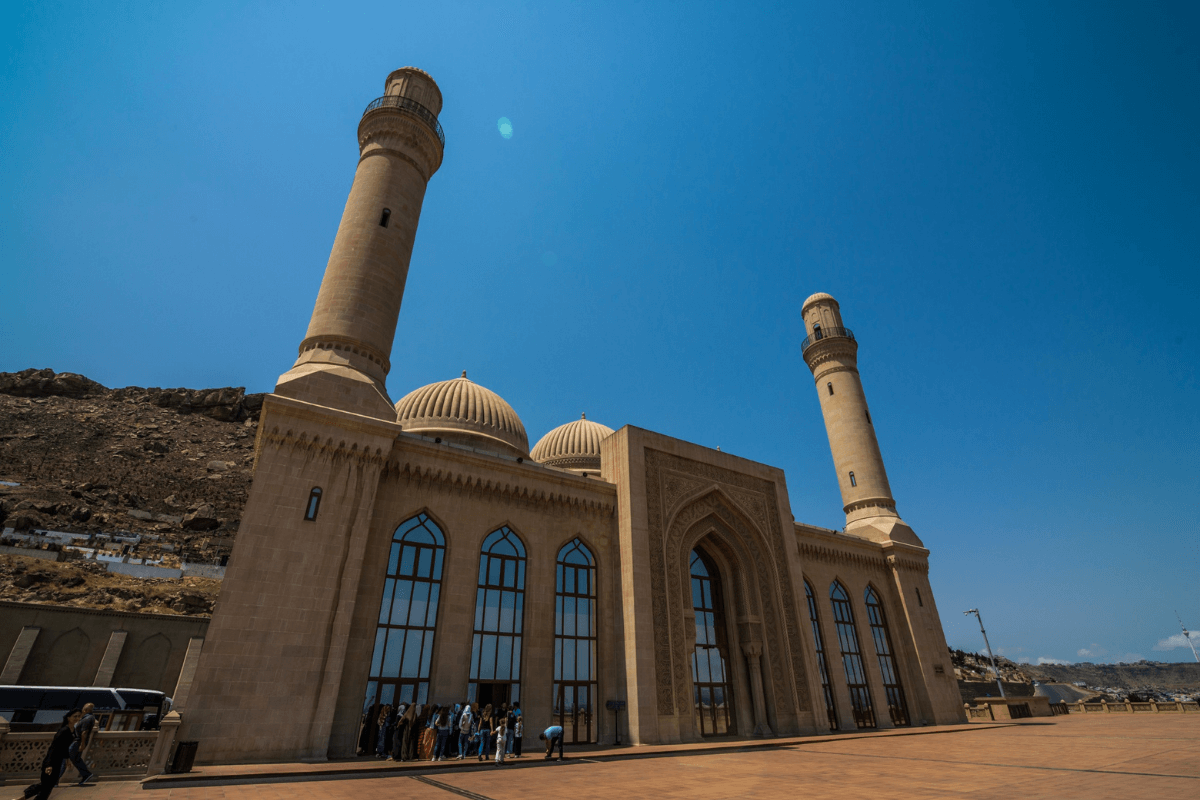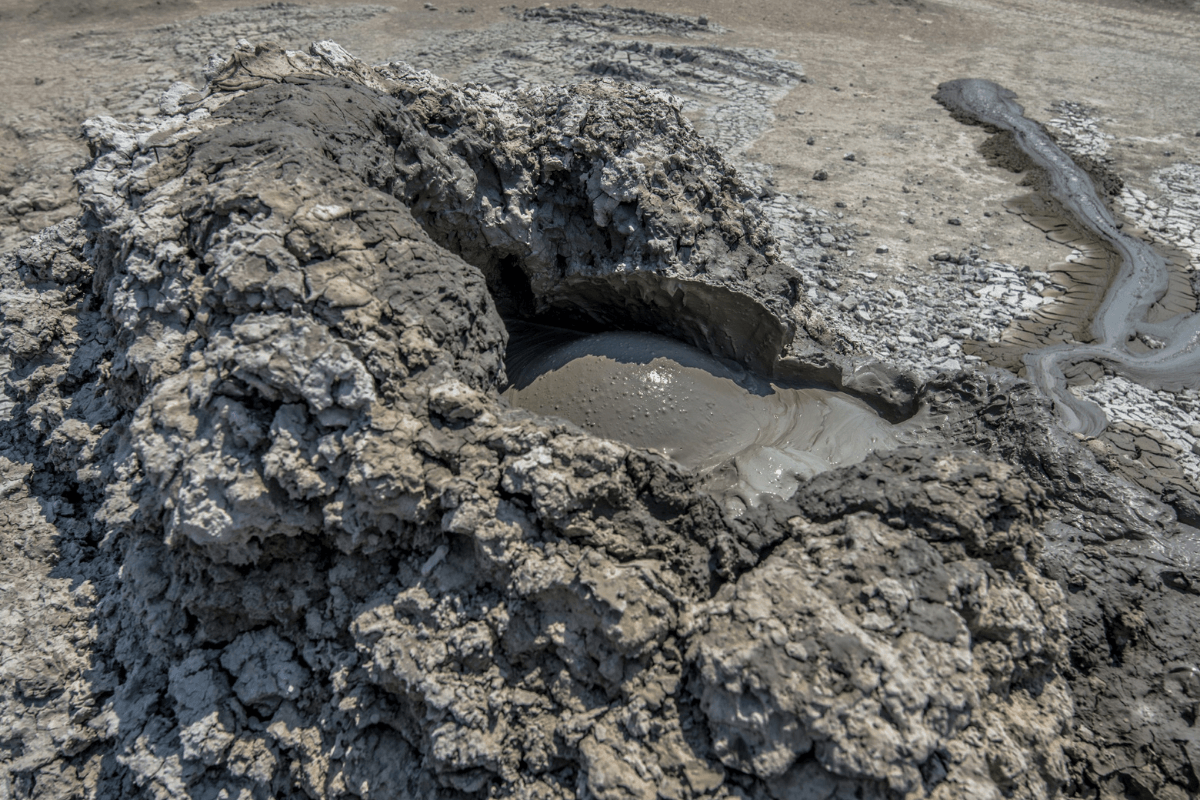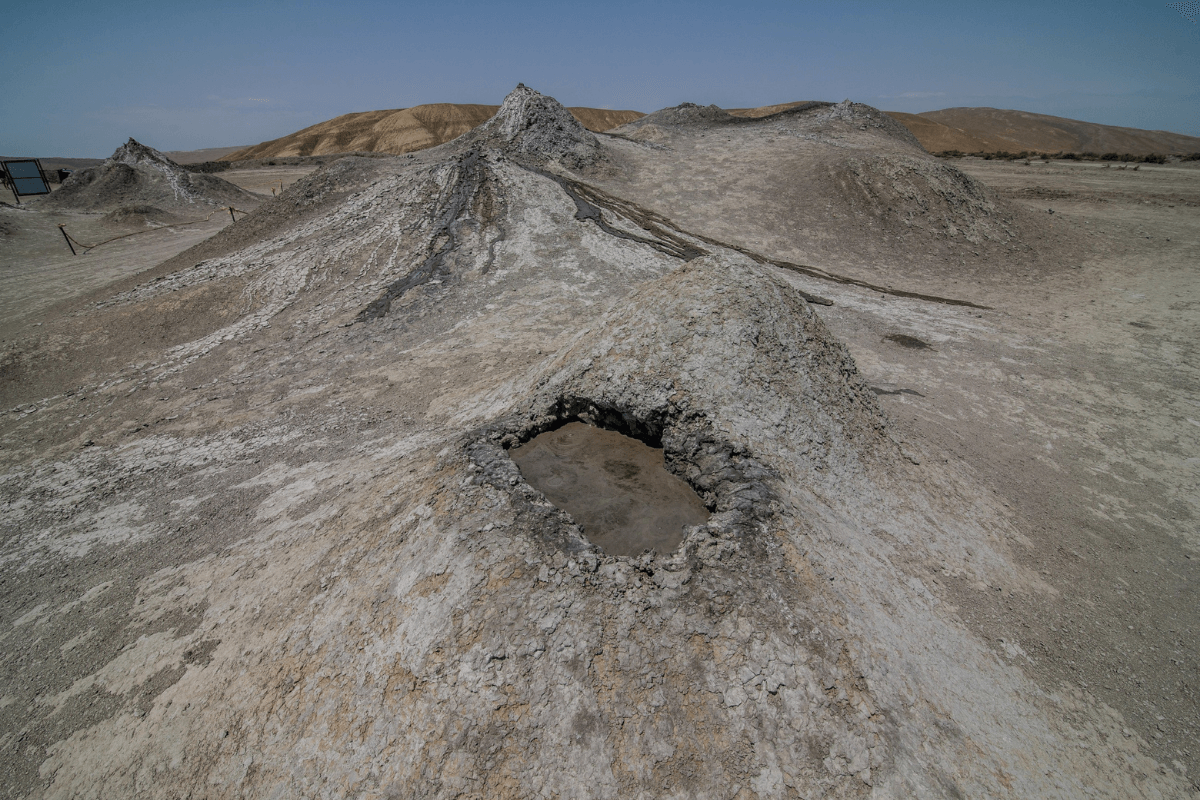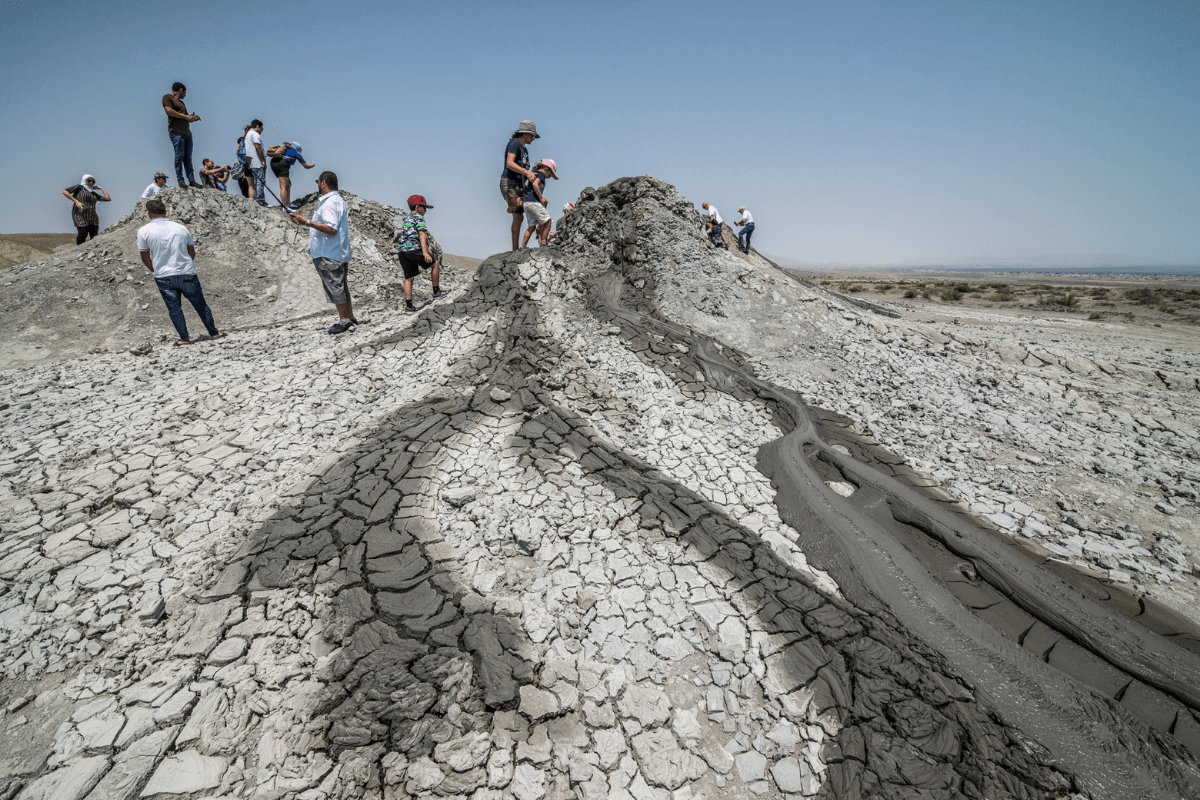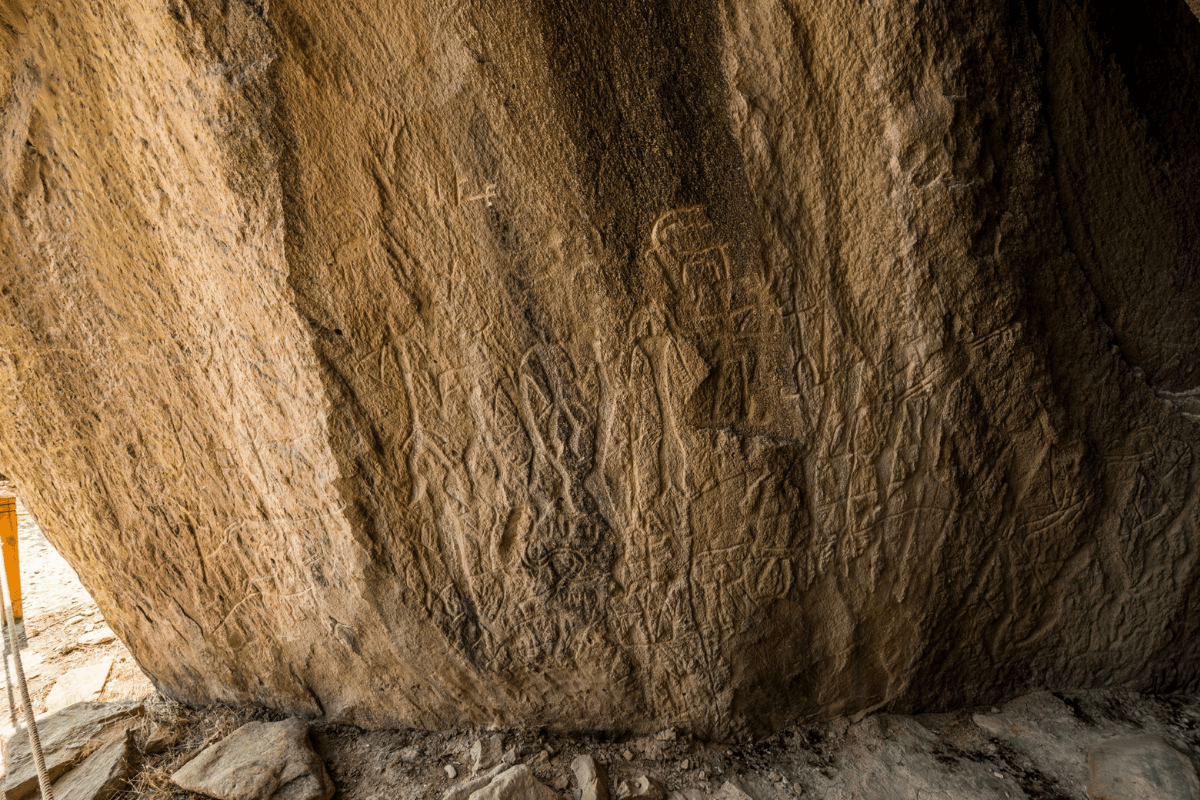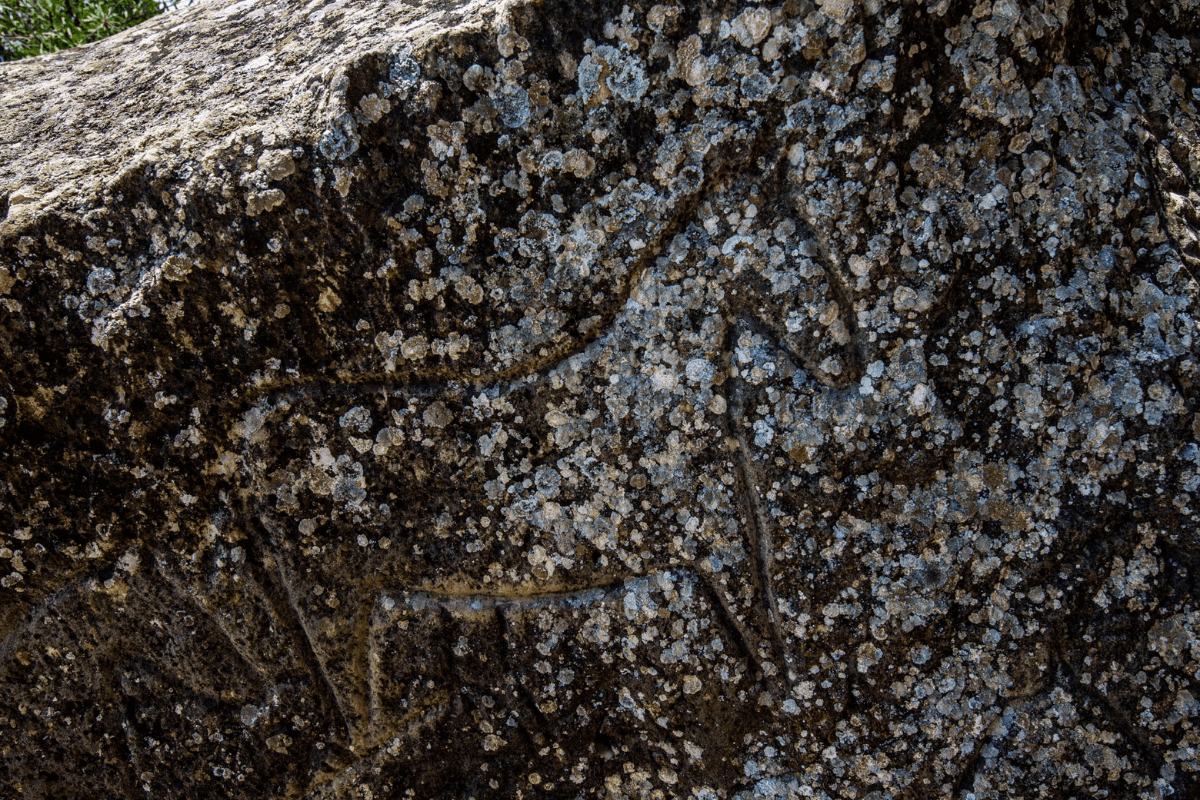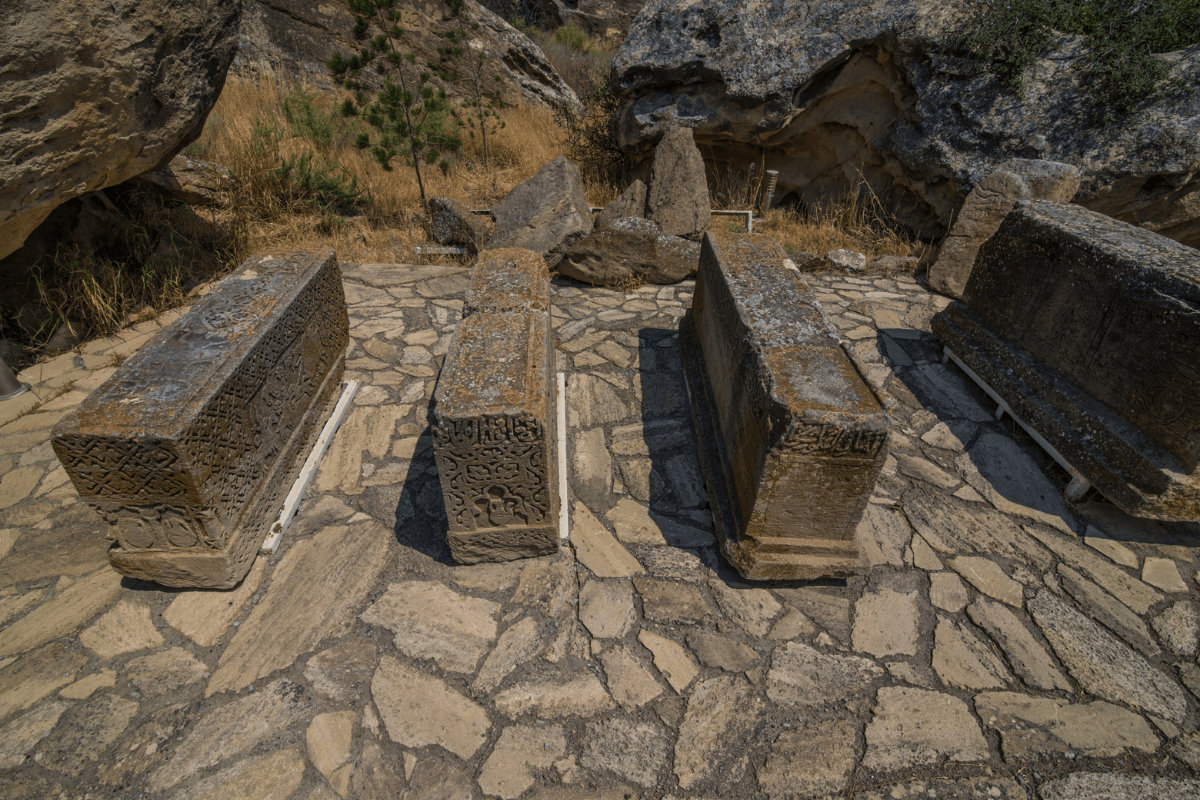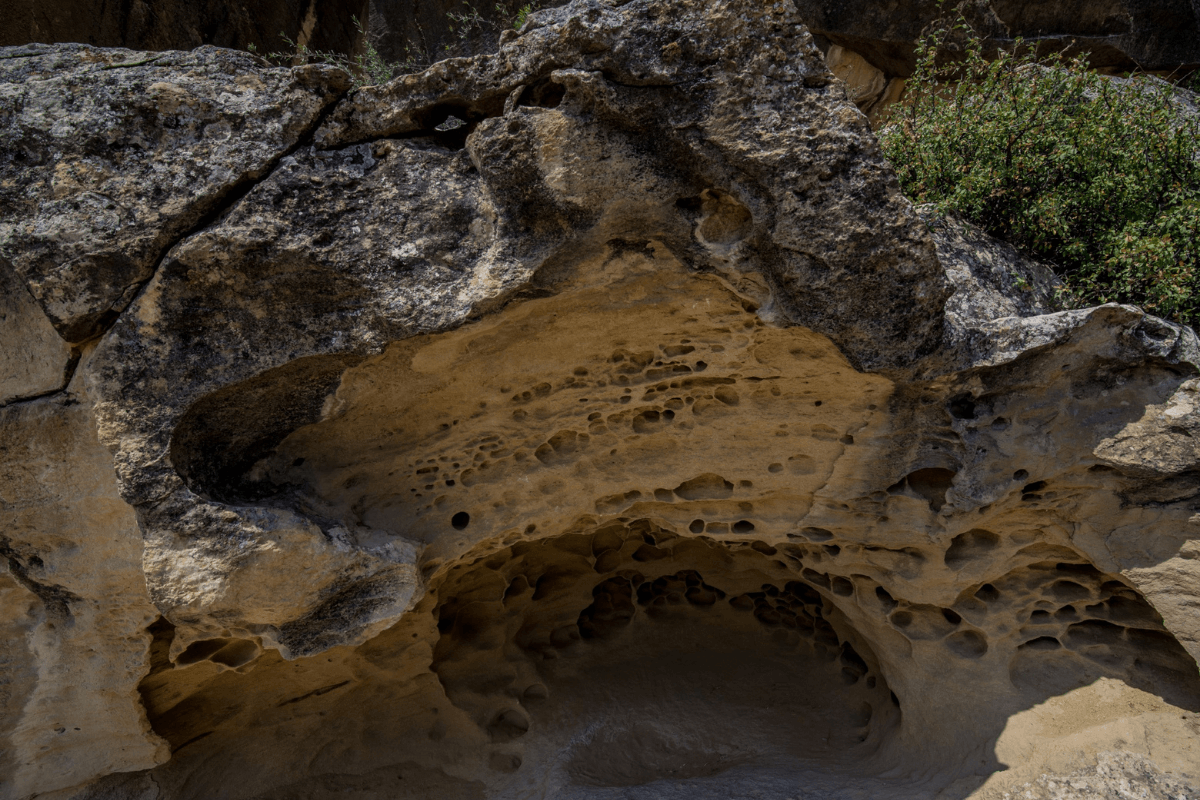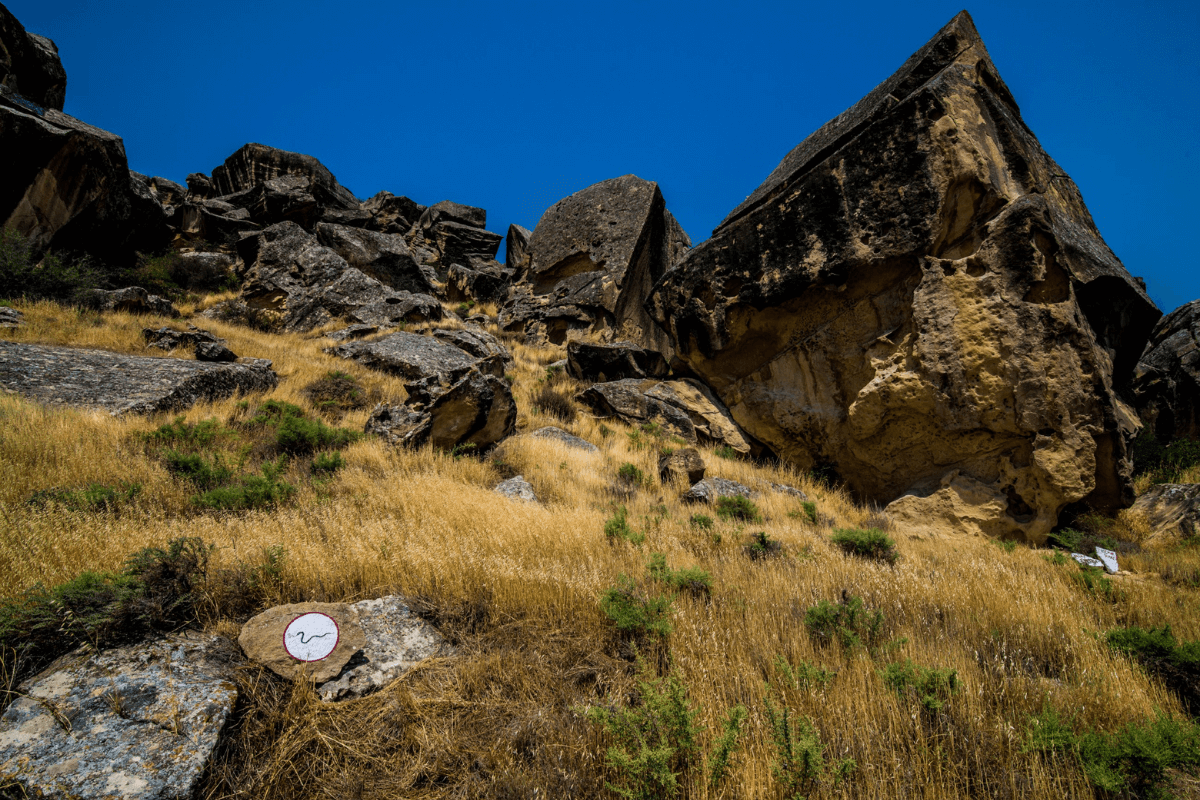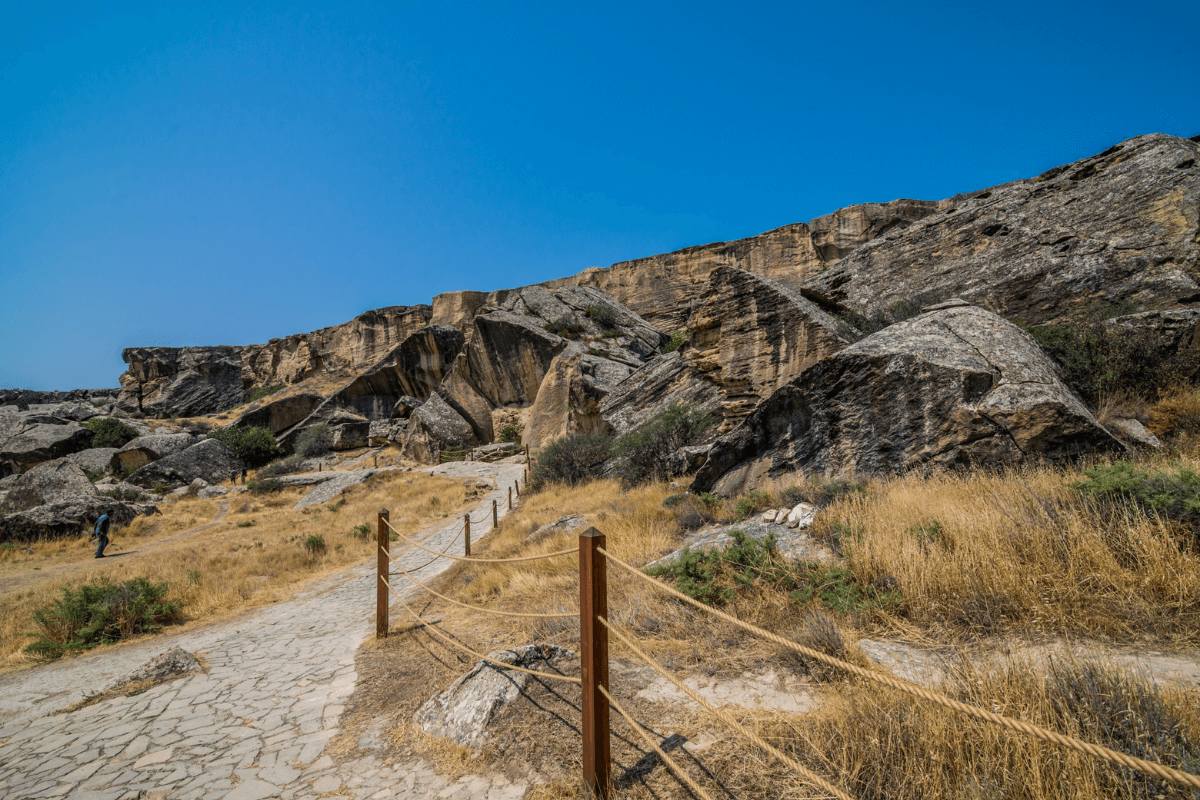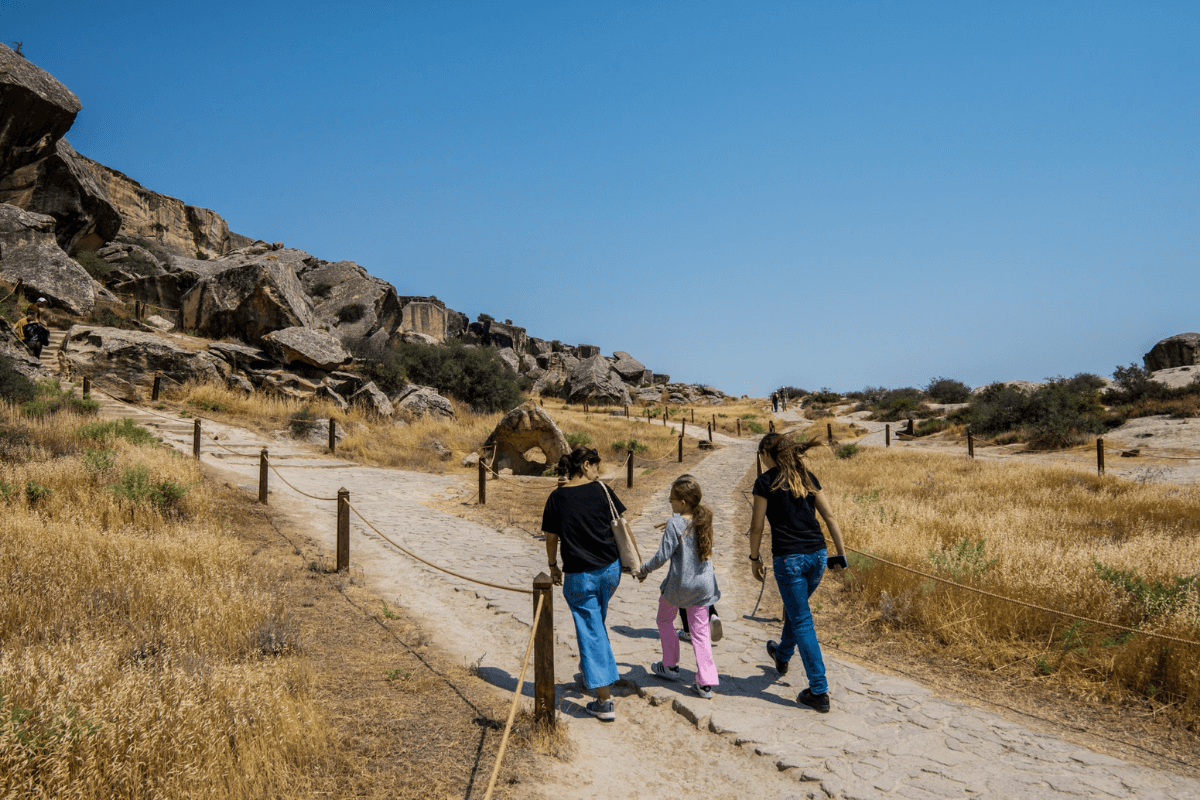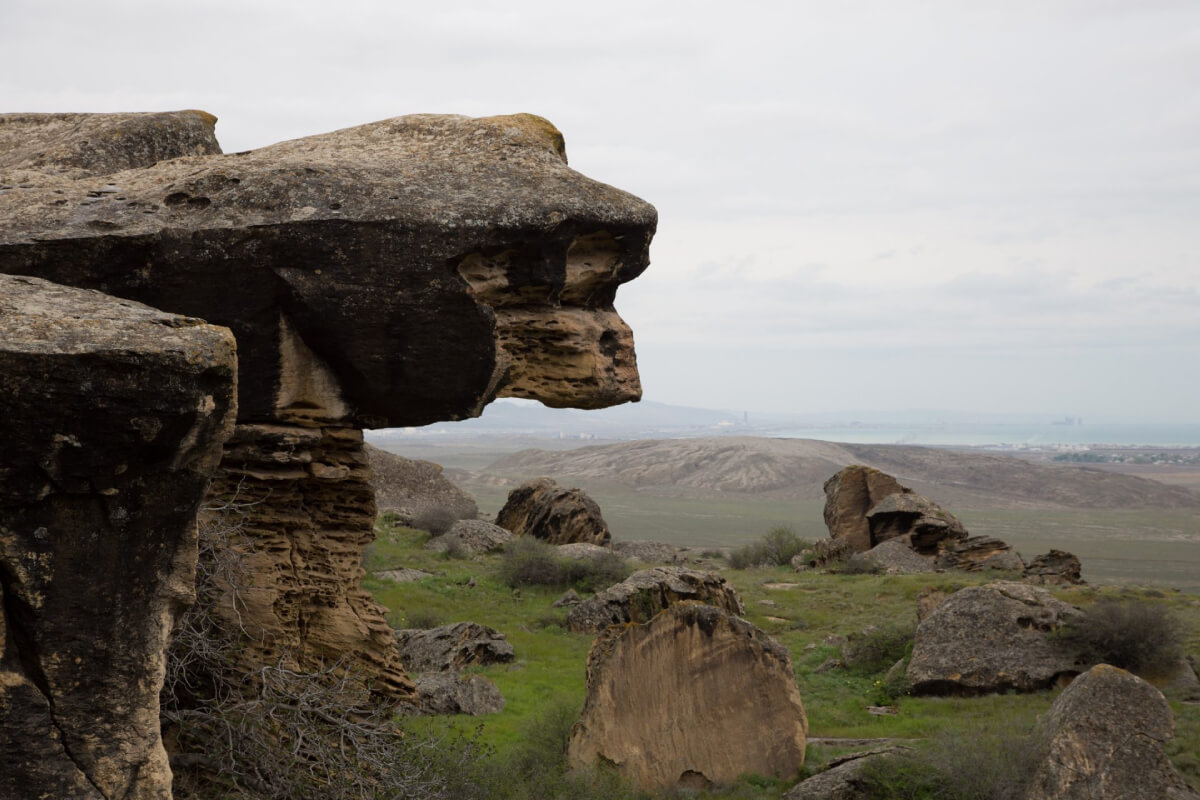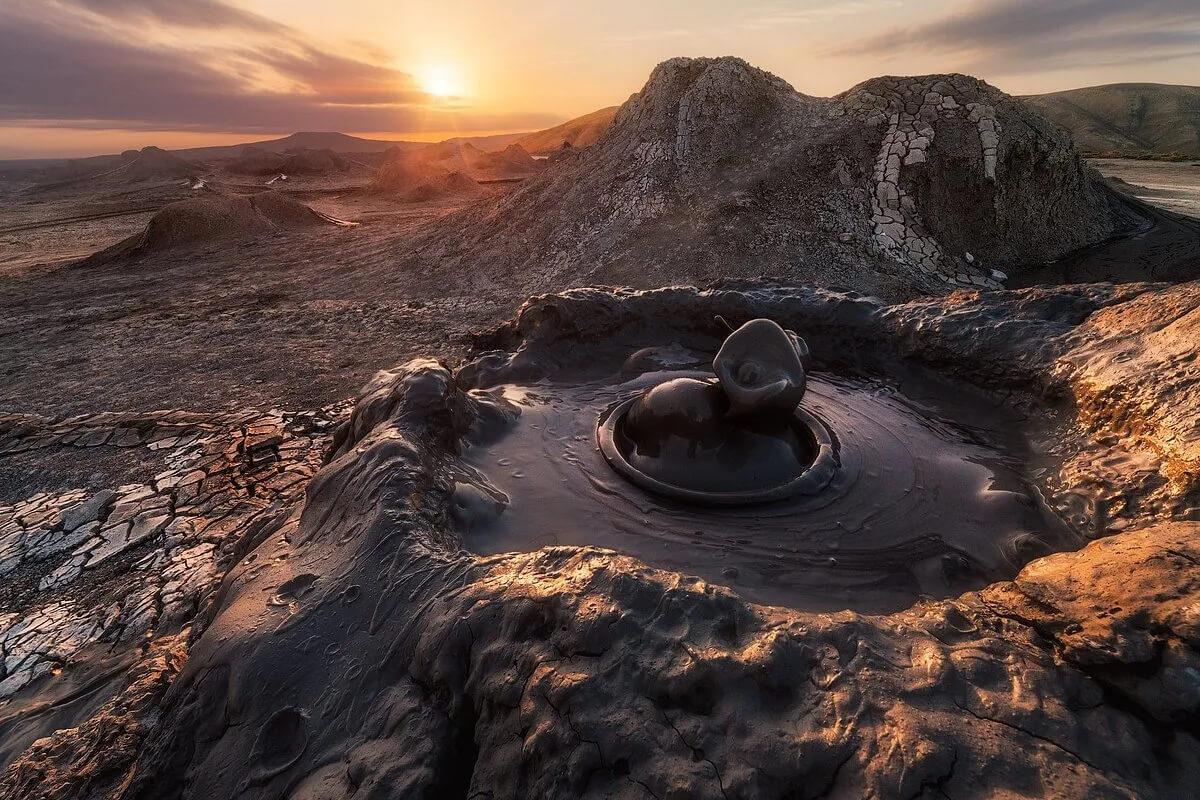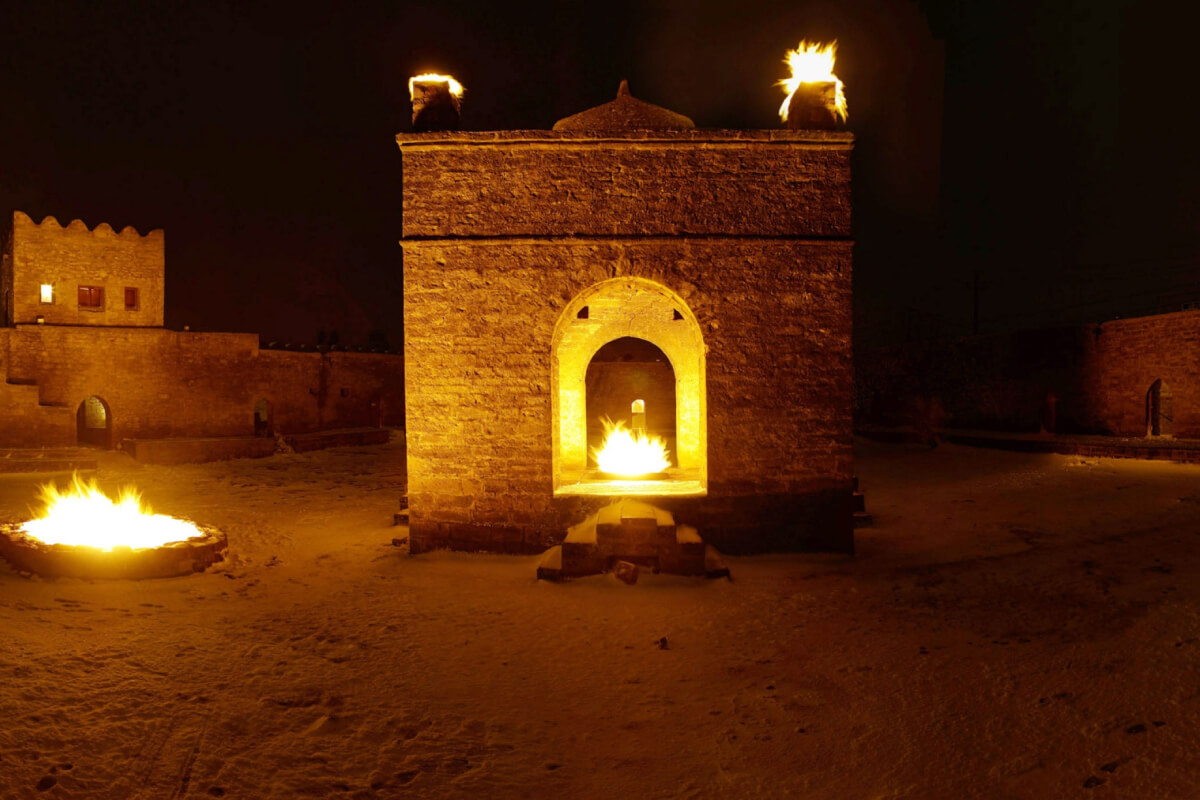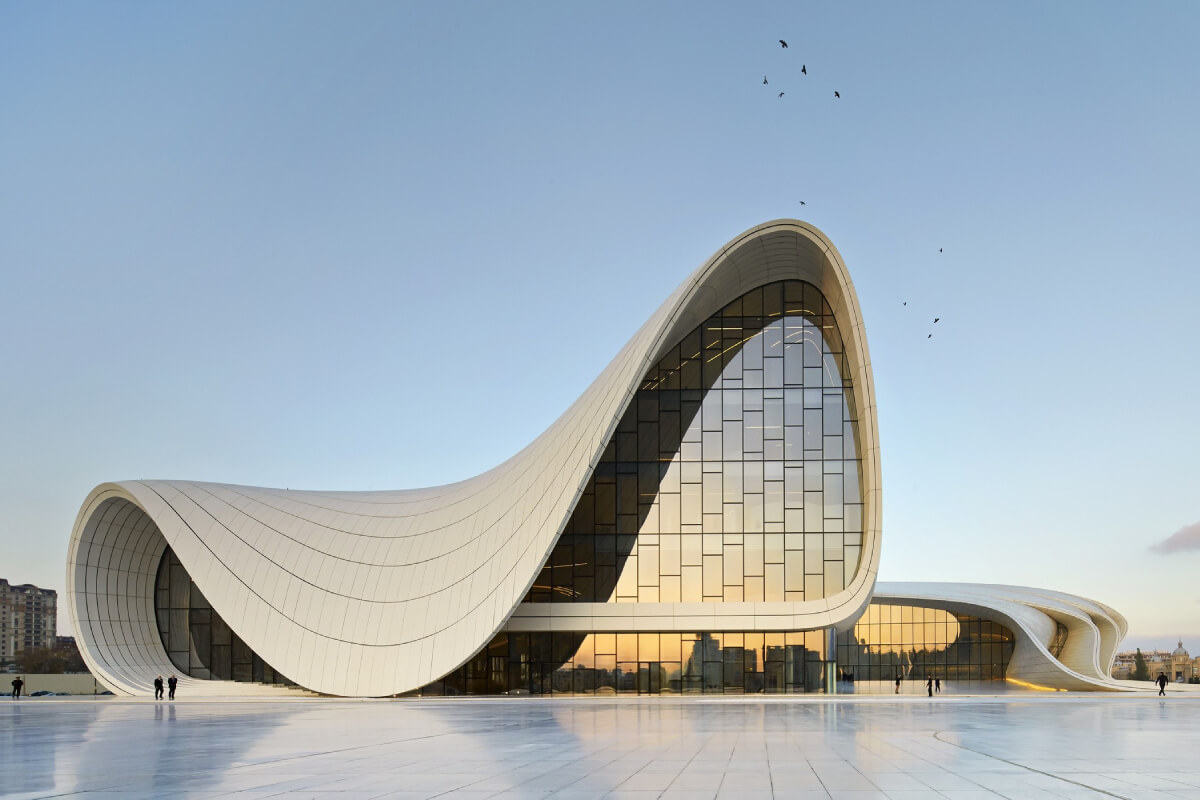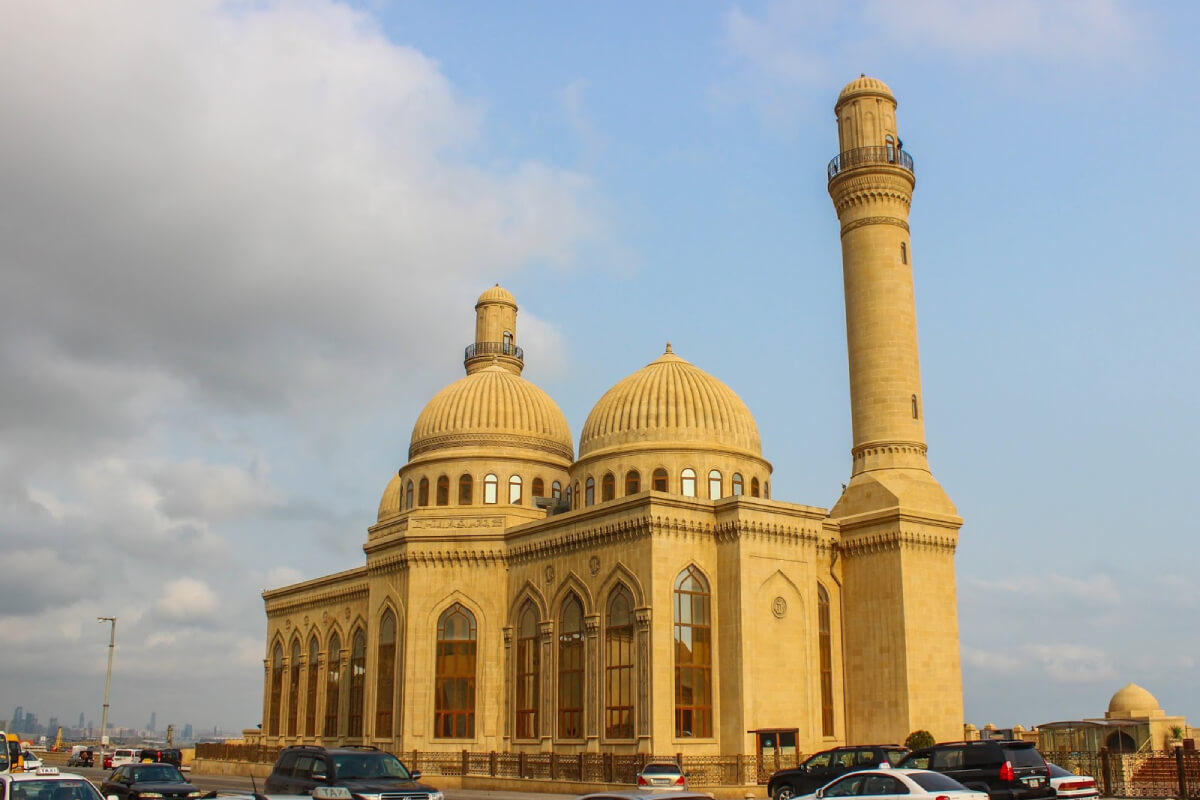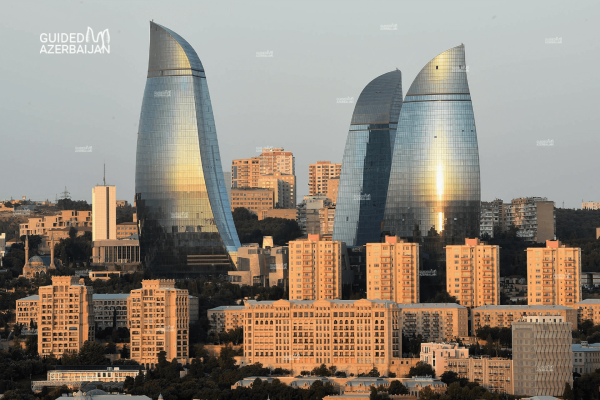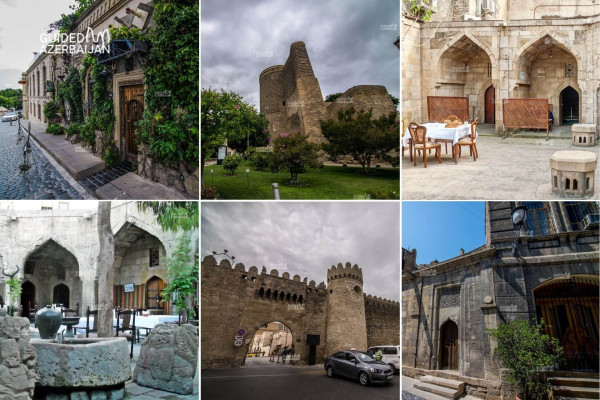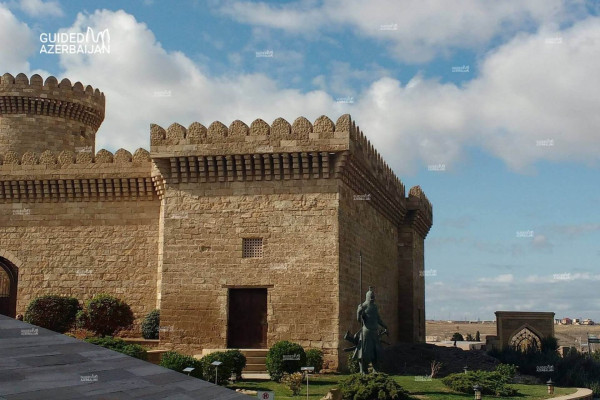Full Day Trip Baku
-
9 Hours
-
Max People : 100
-
Pickup: Any hotel / accommodation within Baku
Description
Full Day Trip Baku
Discover some of the most iconic natural, historical, and cultural landmarks of Azerbaijan on this full-day guided tour from Baku. From ancient petroglyphs to eternal flames, this journey offers a perfect blend of archaeology, geology, religion, and architecture. Explore UNESCO-listed Gobustan, witness the surreal landscapes of mud volcanoes, and visit sacred temples and modern marvels across the Absheron Peninsula.
📍 Gobustan National Historical and Artistic Reserve
Gobustan National Historical and Artistic Reserve - A Gobustan tour from Baku takes you to this UNESCO-listed site located just 50–60 km from the city, famous for over 6,000 prehistoric rock carvings and petroglyphs.
📍 Mud Volcanoes
Gobustan is also home to some of the most active mud volcanoes in the world. As part of a Gobustan and mud volcanoes tour, you’ll witness these low, bubbling craters that remain active year-round, offering a truly fascinating geological experience.
📍 Bibi-Heybat Mosque
This historic 13th-century Bibi-Heybat mosque, located on the southwestern edge of the city, is a key stop on any full-day Baku tour, reflecting its rich spiritual and architectural heritage.
📍 Ateshgah – Fire Temple in Surakhani
Ateshgah, located 25 km from Baku, is an ancient Zoroastrian fire-worship temple built over natural gas vents. As part of the full-day Baku tour, the Fire Temple tour Baku offers a visit to this 17th-century complex, now serving as a museum within its historic walls.
📍 Yanardagh – The Burning Mountain
Yanardagh is a natural hill where flames emerge from underground gas and burn continuously. The fire has been burning for centuries, creating one of the most impressive natural sites near Baku and contributing to Azerbaijan’s nickname — the “Land of Fire.” The Yanardagh tour Azerbaijan is included in the full-day Baku tour, allowing visitors to witness this unique natural phenomenon up close.
📍 Heydar Aliyev Cultural Center (Exterior Stop)
This iconic structure, designed by renowned architect Zaha Hadid, is one of the most famous architectural landmarks of Baku. With its fluid lines and futuristic design, the Heydar Aliyev Center is a must-see photo stop included in the Gobustan & Absheron full-day tour from Baku. The tour offers visitors a chance to capture unforgettable moments at this modern masterpiece as part of the broader sightseeing experience.
📞 Book Your Gobustan & Absheron Tour Today!
Contact via WhatsApp or Call: +994 51 557 77 79
Let us take care of everything - from transportation to guiding, so you can fully enjoy this unforgettable journey.
Travel Styles
Facilities
Itinerary
Notes: We highly recommend booking pre-tour accommodation to fully experience this crazy and beautiful Baku city.
Location
Reviews
5.0/5
Excellent
Very Good
Average
Poor
Terrible
Showing 1 - 5 of 73 total
g_hyma
Most interesting places for me was Heydar Aliyev center and mud volcanoes. Most people say that mud is good for skin. So , i took 1 bottle mud also from Azerbaijan😃 My guide is really helpful and knowledgable person. Overall, the tour is 5/5
Yuliia
Everyone writed about Gobustan, mud volcanoes, fire mountain and temple. But i wanna say about Heydar Aliyev Center. Being among of this place feels like you are in a part of heaven. Amazing construction. Organization of tour was really good👍👍
RRyan
What an amazing day!! I recommend everyone who wanna see sightseeing. Im happy to find best Azerbaijan tour.
Mohammad Ali
Amazing trip. We made whole day with full of energy. Strongly recommend GuidedAzerbaijan.
Mariel Valdez
Watching the flames🔥rise from the earth and feeling the unique energy is new experience for me. Knowledge of our guide made this tour unforgettable))


